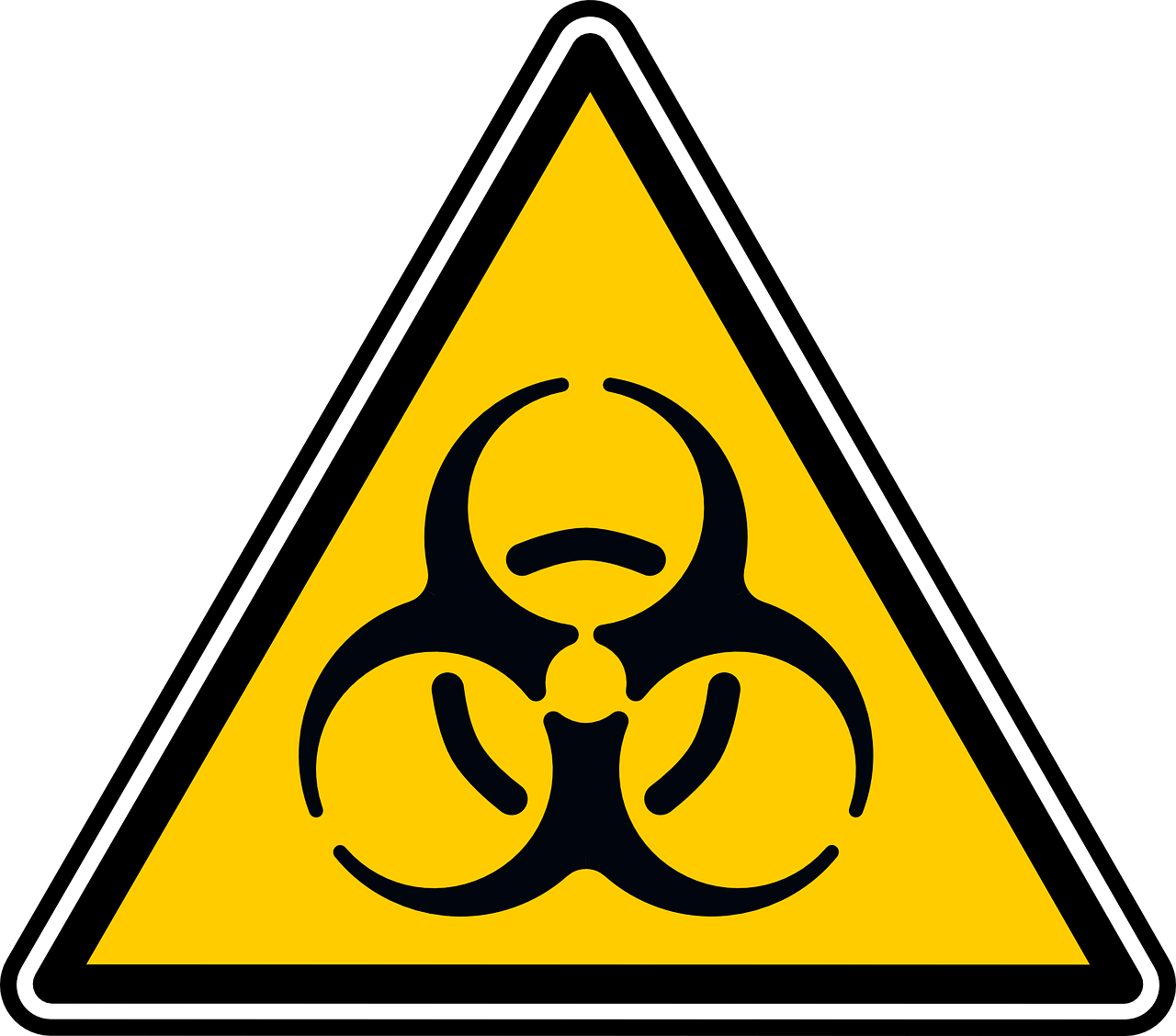Employee ExperienceWorkplace Culture
Toxic Workplace Checklist: Identifying and Resolving Conflicts
When it comes to a toxic work environment, being able to identify toxic behavior is the first step towards transforming it into a more healthy workplace. We have provided a toxic workplace checklist to hopefully equip you with the information you need to identify and manage a toxic workplace culture.
A significant number of people leave their jobs because of a toxic environment. Needless to say, toxic workplaces can cost a business on numerous fronts, in terms of innovation, productivity, and revenue.
When discussing a toxic workplace we need to remember that poor leadership is not always the cause of toxic culture. Negative company culture is usually attributable to poor communication channels, underdeveloped processes, or lax procedures that are usually not directed at people, but rather at performance.
A toxic manager tends to believe that the only way to get results from workers is through stress. However, this kind of approach is simply an indication of a toxic boss who causes burnout and high turnover rates. There are ways in which toxic workplace behaviors can be addressed. This is usually done with the assistance of the HR department as it is key in sharing company culture. When a team works together toxic work environment traits can be addressed and at least minimized.

A toxic workplace starts with the system
A workplace is toxic when negative behaviors are supported by the work environment – for example, manipulation, gaslighting, sexual harassment, bullying, etc. In practice, these things are far more difficult to identify as the signs might not be entirely clear. It is often hidden behind friendly banter and light hazing to draw attention away from the actual severity of the issue. As can be imagined, this kind of toxic work environment makes collaboration and teamwork almost impossible.
In a toxic workplace, employees are not able to work safely, report problems, or give an opinion. Even when there is no physical harm that is being done, the psychological safety of workers is compromised. The source of an unhealthy work environment can come from anywhere, it does not need poor leadership or bad managers, and even other employees can be responsible for a toxic office.
This is not the kind of thing that will sort itself out; fixing a hostile work environment needs to be a team effort that is led by human resources. Aside from direct support from the HR department such a venture also requires buy-in from leaders. Then the long process of getting rid of toxic influences needs to be undertaken meticulously.

Use this toxic workplace checklist to assess your company
Having a toxic workplace checklist helps human resources to identify and start working on a toxic workplace. Additionally, having a conflict resolution checklist can also be beneficial to work through unhealthy interpersonal relationships.
Toxic Workplace Checklist:
- Communication and teamwork are lacking.
- High degrees of competition between employees that includes bullying.
- Employees are harshly punished for any mistakes.
- Efforts from human resources geared towards positive changes are prevented by leaders.
- Performance reviews are always bad, even for good employees.
- Managers and leaders verbally belittle employees.
- There is very little transparency from management.
- New ideas are not welcome.
- Promotions and company rewards are awarded based on interpersonal relationships and not performance.
- Minority managers and workers are called ‘diversity hires’.
- Microaggressions and snide remarks from managers and fellow employees are common.
- The main purpose of team meetings is delegation instead of collaboration.
- Employees are not allowed to make decisions independently.
- Managers micromanage their employees.
- Employees are not comfortable filing reports with HR even when there are reliable witnesses to incidents.
Managing a toxic work culture
- Review processes to better steer the company’s culture in the direction of a healthy workplace.
- Incorporate team-building regularly.
- It might be necessary to terminate an employee who perpetuates toxic behaviors.
- Including employee, feedback opportunities can help to create a more inclusive work environment.
- An employee handbook that outlines zero-tolerance behaviors can be helpful.
- Enforce zero-tolerance for negative behaviors.
- When reports are submitted they need to be investigated thoroughly and documented clearly and securely.
- Human resources need to be a safe space for workers to report toxic behaviors.
- Implement an improvement plan.

How to identify and foster a healthy workplace
An initial step towards a positive workplace culture and healthy work environment is to have clear and concise policies and processes in place that address signs of a toxic workplace and provide guidance on how to ensure that a toxic person is not given the tools to perpetuate their negative influence. Hostility in the workplace needs to be addressed and managed so that it does not get out of hand.
A healthy workplace has the following traits:
- When employees leave, they do so on good terms.
- Turnover rates are low.
- Any promotions must be based on performance and merit, not personal relationships with higher-ups.
- Staff should feel comfortable and motivated to communicate and collaborate within their team and beyond.
- Employees are civil with each other, and there is no belittling
- Politics and gossip are absent or minimal.
- People are accountable for their mistakes, even those in leadership.
- Managers trust employees to do their work on their own.
- Workers have enough autonomy to make decisions on their own
- Boundaries are clear without the need for aggression.
- Employees feel valued by their organization.
Hiring processes that are in place should have contingencies built in to try and avoid hiring a bad manager or toxic employee.

So, what qualities make a good manager?
Some of the skills and proficiencies that good managers tend to share are:
- Able to motivate staff and help employees to see where they fit into the core values of the organization.
- Strong leadership candidates are resilient and remain assertive during difficult times.
- Someone with a healthy leadership style makes business decisions based, not on interpersonal relationships or office politics, but on merit and performance.
- They help to establish and maintain a positive culture by fostering accountability among co-workers.
- Foster transparency in workplace relationships.
This list should clearly illustrate that good leaders act in the opposite way than those with a toxic culture. If you are a hiring manager who wants to avoid hiring toxic leaders, you can try to do the following during recruitment efforts:
- Actively follow up on references – and do not hire candidates without contactable references.
- Ask about negative events and how they deal with work stress.
- Listen to how candidates talk about their co-workers and past employers.
- Do they place blame or is there accountability?
- Ask how they feel about negative feedback.
- Ask how they imagine they will work with senior leadership in your company.
Addressing signs of a toxic office is not a quick and easy process. It will take time and effort, but it is possible. Any negative work environment can be turned healthy with the right process and attention. As long as management and HR are truly concerned about the mental health and work-life balance of each and every employee there will be the hope of overturning a toxic workplace culture.

The importance of a people-first work culture
As we have seen, there are different things that can lead to a toxic workplace and human resources management can play an active and important role in workplace culture. HR is, in fact, the first and best response to signs of a toxic workplace.
Person-centered approaches to employee stress and the quest to create a healthy culture at work are the most effective. When employees have lower stress levels and do not work in fear of bad culture and poor communication they tend to adopt company forward attitudes and are more likely to learn new skills that can benefit their job and the organization as a whole.










